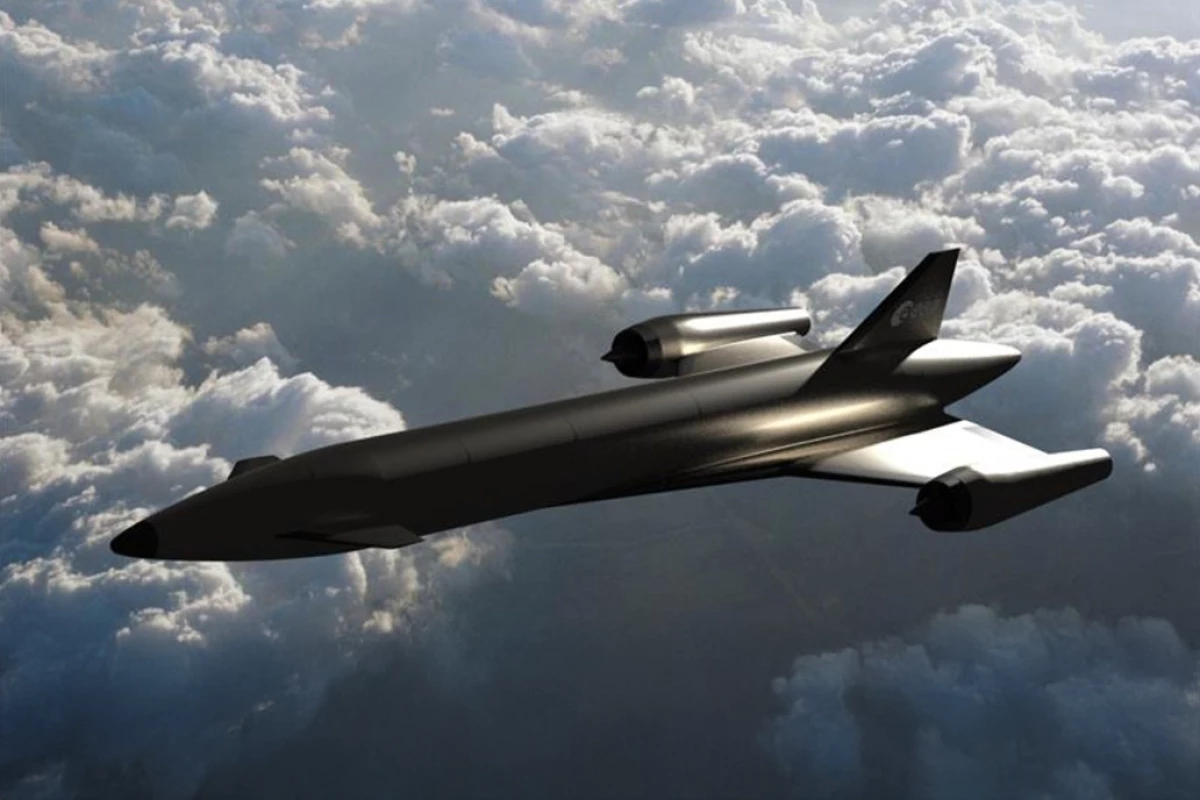Proving that you can't keep a good technology down, Reaction Engines' Synergetic Air-Breathing Rocket Engine (SABRE) has a new lease on life after a British-led consortium announced Invictus, a new program to build a Mach 5+ spaceplane.
Sometimes you have to admire sheer perseverance when it comes to technological innovations.
In 1982, British Aerospace and Rolls-Royce teamed up to develop the Horizontal Take-Off and Landing (HOTOL) spaceplane that was intended to be a single-stage-to-orbit vehicle that could take off and land from a conventional runway and could breathe air for most of its flight to drastically cut down on weight.
The program generated a lot of enthusiasm in aerospace circles and a model was proudly displayed in the Science Museum in London. It even garnered a lot of official support from the British government. However, by 1987, Whitehall decided that the project was "over ambitious" and withdrew funding.
But that didn't stop Alan Bond, John Scott-Scott, and Richard Varvill from going private in 1989 and forming their own company, Reaction Engines Limited, to keep the idea alive and develop the key technologies of HOTOL in a new incarnation.
You can see the Invictus video on Vimeo here.
Concentrating on the company's SABRE technology as well as side projects to attract revenue and investments, Reaction Engines kept going until 2024 thanks to British and American government contracts and heavy investment by BAE Systems. But a cash-flow crisis forced the company into administration and it was broken up.
Now, a group of companies led by Frazer-Nash and including Spirit AeroSystems, Cranfield University, and a number of small-medium enterprises has launched the Invictus program that aims to develop a Mach 5 spaceplane by early 2031 that operates on the edge of space – and which may one day lead to an orbital launch system.
The key to this is an engine that can swap between different modes – sometimes operating like a jet, sometimes like a rocket. On takeoff, the Invictus would take off from a conventional runway like a conventional plane as its engine breathes air to burn its liquid hydrogen fuel, which saves an enormous amount of weight since no on-board oxygen is needed during this phase. As the aircraft approaches the edge of space, it reconfigures itself into a rocket and uses liquid oxygen, though much less than a conventional launcher would.
At the heart of Invictus is the pre-cooler system for the SABRE engine. In a jet engine flying at hypersonic speeds, the incoming air is compressed and heats to a temperature that would quickly melt and destroy any material the engine might be made of. To prevent this, the engine's hydrogen fuel runs through a heat exchanger to chill a liquid helium coolant that flows through a complex network of small tubes in the air inlet. These cool the incoming air from over 1,000 °C (1,832 °F) to ambient temperature in less than 1/20th of a second. The cooled air is then mixed with liquid hydrogen and ignited.
By using this method, Invictus is expected to reach a speed of Mach 5. However, if it emulates the projected performance of the SABRE engine and Reaction Engines' Skylon spaceplane, when it switches to pure rocket mode it may be able to achieve a velocity of over Mach 25 – fast enough to achieve low-earth orbit.
Currently, the Invictus program is working on developing a comprehensive concept design for the reusable vehicle and its integrated systems with €7million (US$8.1 million) in funding from ESA, which is particularly keen to create a state-of-the-art European launch capability beyond that of the present Ariane 6 rocket. It also has the backing of the UK Space Agency, which wants to push Britain's hypersonic and space efforts.
Because this is a dual use technology, it's expected to have both civilian and military applications and the project hopes to develop propulsion, advanced materials, artificial intelligence, and autonomous systems for both sectors.
"Hypersonic flight is not just the next frontier of aerospace – it is the gateway to a new paradigm of mobility, defense, and space access," said Dr. Tommaso Ghidini, Head of the Mechanical Department at the European Space Agency. "With Invictus, Europe is seizing the opportunity to lead in technologies that will redefine how we move across the planet and reach beyond it. By mastering reusable, air-breathing propulsion, we are laying the foundation for aircraft that take off like planes and reach orbit like rockets – revolutionizing both terrestrial and orbital transportation. This is where dual-use innovation meets strategic autonomy."
Source: Frazer-Nash





